In the era of information explosion, the identification of authenticity of AI-generated content has become an important issue. The Deep Fake Detector browser plug-in came into being. It uses multiple AI models to help users quickly identify AI-generated text and effectively respond to the information security challenges brought by Deepfake technology. The plug-in supports collaborative analysis of multiple models and provides intuitive results display, making it easier for users to determine text sources, improve information identification capabilities, and protect the authenticity of the online world.
In today's artificial intelligence era, AI-generated content is increasing day by day, and the authenticity of information is facing challenges. Deep Fake Detector emerged as an innovative browser plug-in. It is committed to helping users accurately distinguish between human-written text and AI-generated text, providing strong support to ensure the reliability of information, allowing users to distinguish authenticity in the flood of information. Avoid being misled by false information.
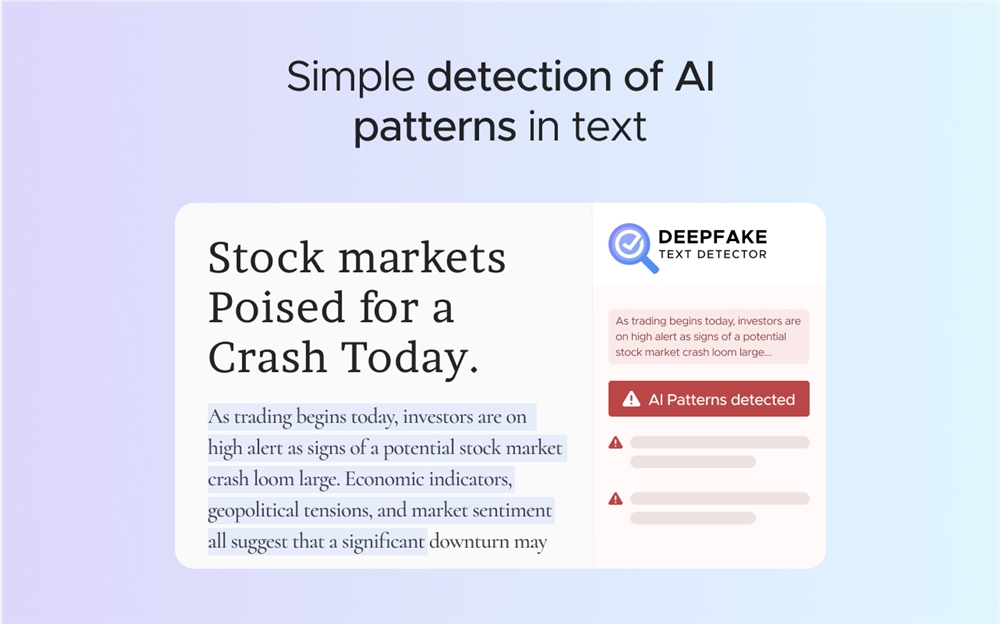
Deep Fake Detector Introduction
Deep Fake Detector is a service in the form of a browser plug-in provided by Mozilla, which itself is a trained AI model. It focuses on identifying text content generated by AI, and currently mainly supports English content detection. By integrating multiple open source detection models, such as ApolloDFT, Binocular, UAR, etc., it provides users with multi-dimensional text analysis capabilities, helps users determine the authenticity of text, and plays an important role in the field of information screening.
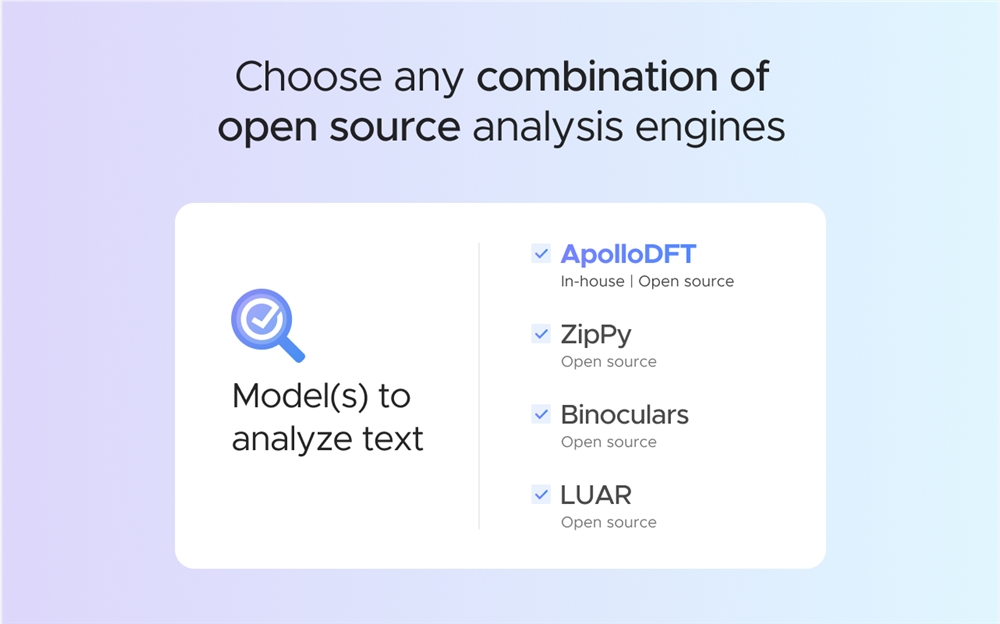
Deep Fake Detector Feature Highlights Multi-model collaborative analysis: Use multiple open source detection models to conduct a comprehensive analysis of user-highlighted text. For example, ApolloDFT can quickly analyze text of any length, Binocular analyzes text based on the pre-trained system (although the analysis is slightly slower, but the long text performance is better), UAR analyzes the text by comparing it with the training data (the speed is fast, but the long text performance is slightly worse), the advantages of different models complement each other to improve detection accuracy.
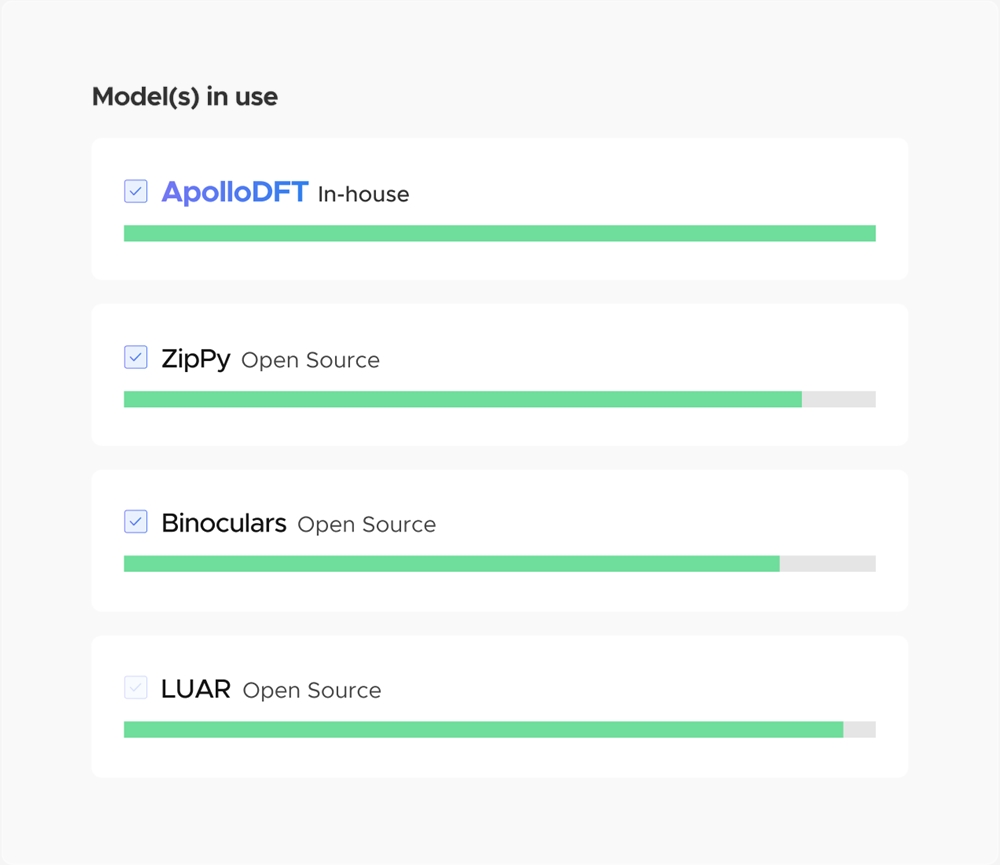
Results display and comparison: The analysis findings of each model are clearly displayed, allowing users to intuitively compare the judgments of different models on the same text, thereby selecting the most suitable model combination and gaining an in-depth understanding of the possible source of the text (human writing or AI generation).
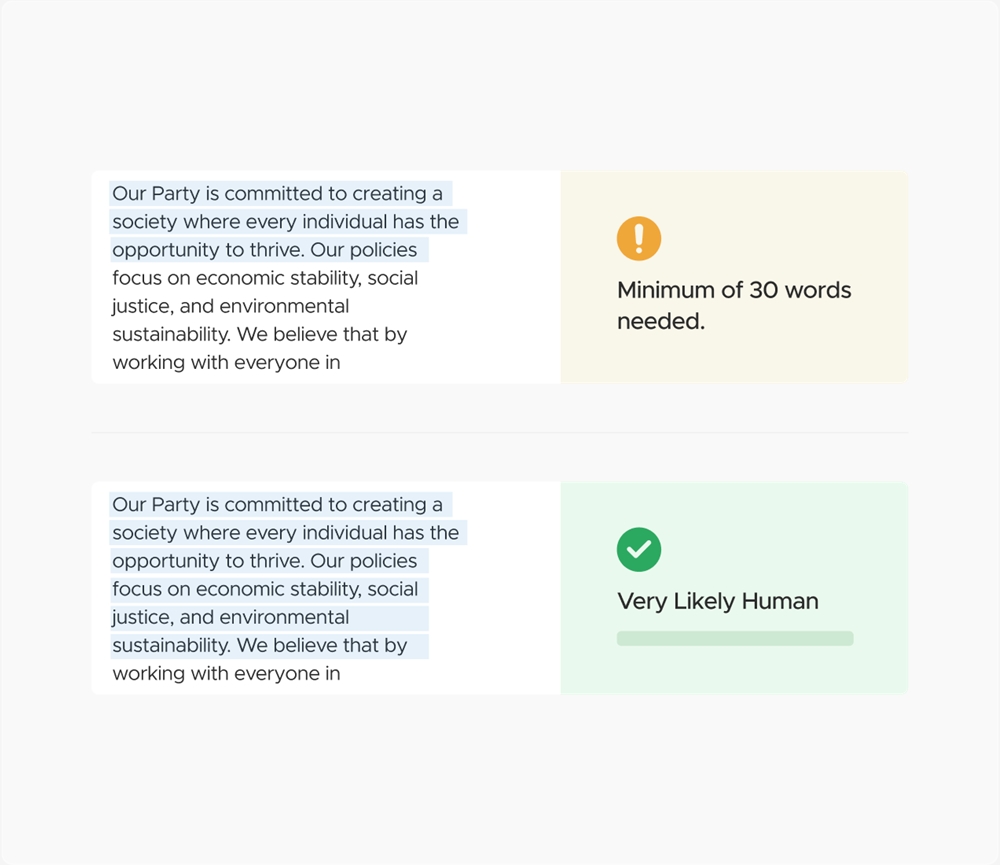
Flexible model switching: Allows users to easily switch between different detection models according to their own needs to adapt to different types of text and detection scenarios and find the analysis results that best meet their expectations. Instant feedback mechanism: Provides instant analysis results. Users do not need to wait for a long time. They can quickly learn whether the text may have been created by humans or have AI-generated characteristics, and promptly determine the authenticity of the information. Continuous optimization and improvement: Although AI detection is difficult to achieve absolute 100% accuracy, developers are constantly working on improving core technologies such as the Fakespot ApolloDFT engine to improve overall detection reliability to better cope with the changing AI text generation technology. Potential multimedia support: In the future, it plans to support image and video analysis, expand the detection scope from text to multimedia field, further enhance its ability to identify the authenticity of information, and provide users with more comprehensive protection against false information.
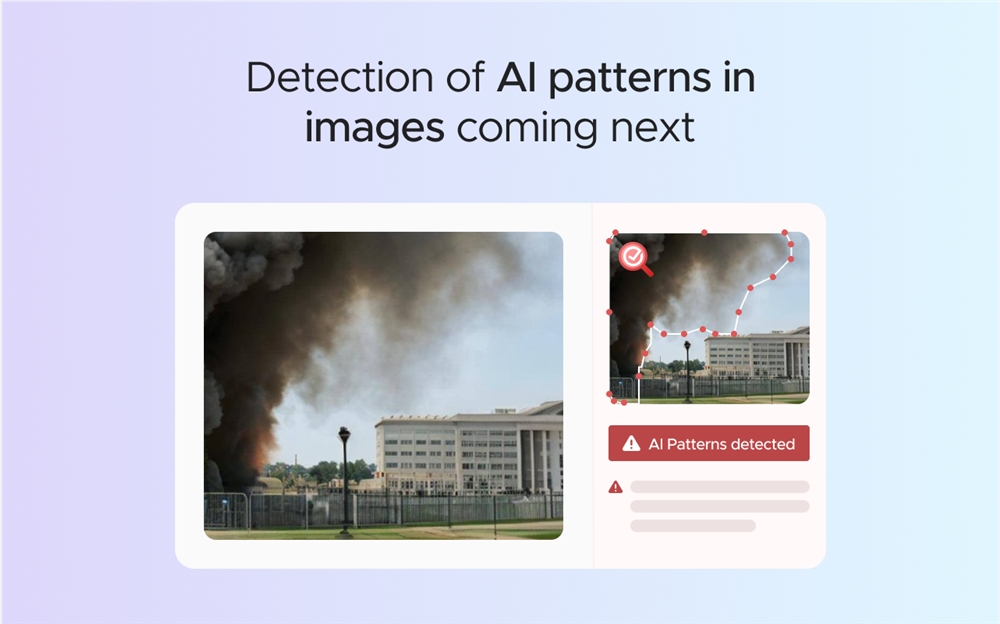
Applicable scenarios News industry: When writing reports, journalists can use Deep Fake Detector to verify whether citations, sources and other content are generated by AI to ensure the authenticity of the news, avoid spreading false information, and maintain the credibility of the news industry. Social media management: Social media platform operators or administrators use this plug-in to identify false comments and false information, promptly clean up harmful content generated by AI on the platform, create a healthy and real social environment, and enhance user experience and platform image. Content review work: The professional content review team uses Deep Fake Detector to filter out spam, false comments and other bad information generated by AI to ensure the quality of platform content, reduce the risk of false information spread, and protect users from fraud and misleading. Academic research field: When researchers review literature and materials, they use this plug-in to determine whether the referenced content is the result of real human research or has been tampered with by AI, ensuring the reliability of the research basis and promoting the rigor and scientificity of academic research. Daily browsing of ordinary netizens: In daily online activities such as browsing web pages, reading articles, and participating in online discussions, ordinary netizens use Deep Fake Detector to identify the authenticity of online information, improve their own information recognition capabilities, and avoid being misled by false news, false propaganda, etc. Maintain rational judgment in the information age.
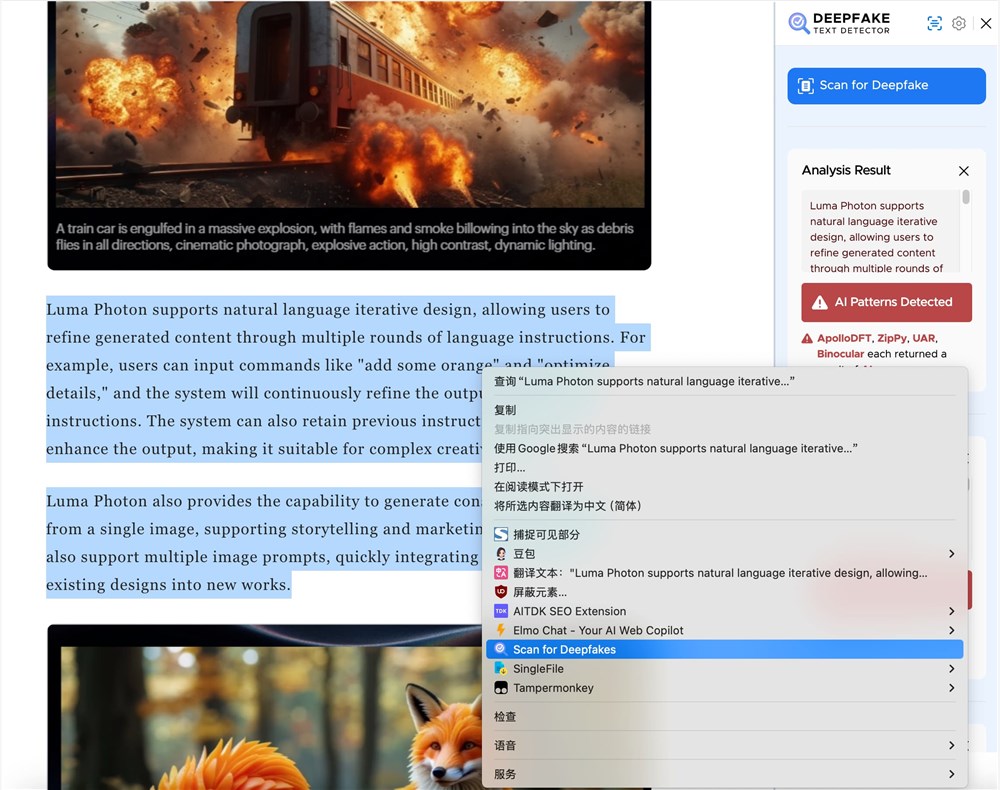
Deep Fake Detector tutorial preparation: Make sure Firefox or Chrome browser is installed, then download the Deep Fake Detector plug-in from the corresponding extension app store channel and complete the installation. Text selection: When browsing the web, when you encounter text content that needs to be detected, use the mouse to highlight the part of the text you want to analyze. Request analysis: Click the Deep Fake Detector plug-in icon on the browser to send an instant analysis request to the plug-in. View the results: The plug-in quickly displays the results of the analysis, telling the user whether the text was likely written by a human or shows characteristics of AI-generated patterns. Model switching (optional): If the user is not satisfied with the analysis results of the current model or wants further verification, he can switch to different detection models in the plug-in settings as needed and re-analyze to find the most suitable and accurate analysis results. . In-depth understanding (optional): For users who need it, you can view the detailed analysis content provided by each model, including various detection indicators, judgment basis, etc., so as to gain a deeper understanding of the text and assist in judging the authenticity of the text. Conclusion
Deep Fake Detector is of great importance that cannot be ignored in today's era of information explosion and difficulty in distinguishing true from false. With its unique multi-model detection, flexible result display and switching and other functional highlights, it is widely used in news, social media, academic research and other fields, providing an effective means of identifying information authenticity for different user groups. Users can easily get started and use this plug-in to protect the authenticity of information in the online world.
The emergence of Deep Fake Detector provides us with a powerful weapon to combat false information. I hope this plug-in can continue to improve and contribute to building a more realistic and reliable network environment. Let us work together to distinguish right from wrong and protect the truth in the information age.





